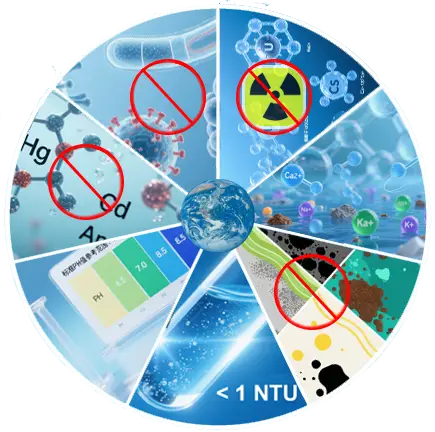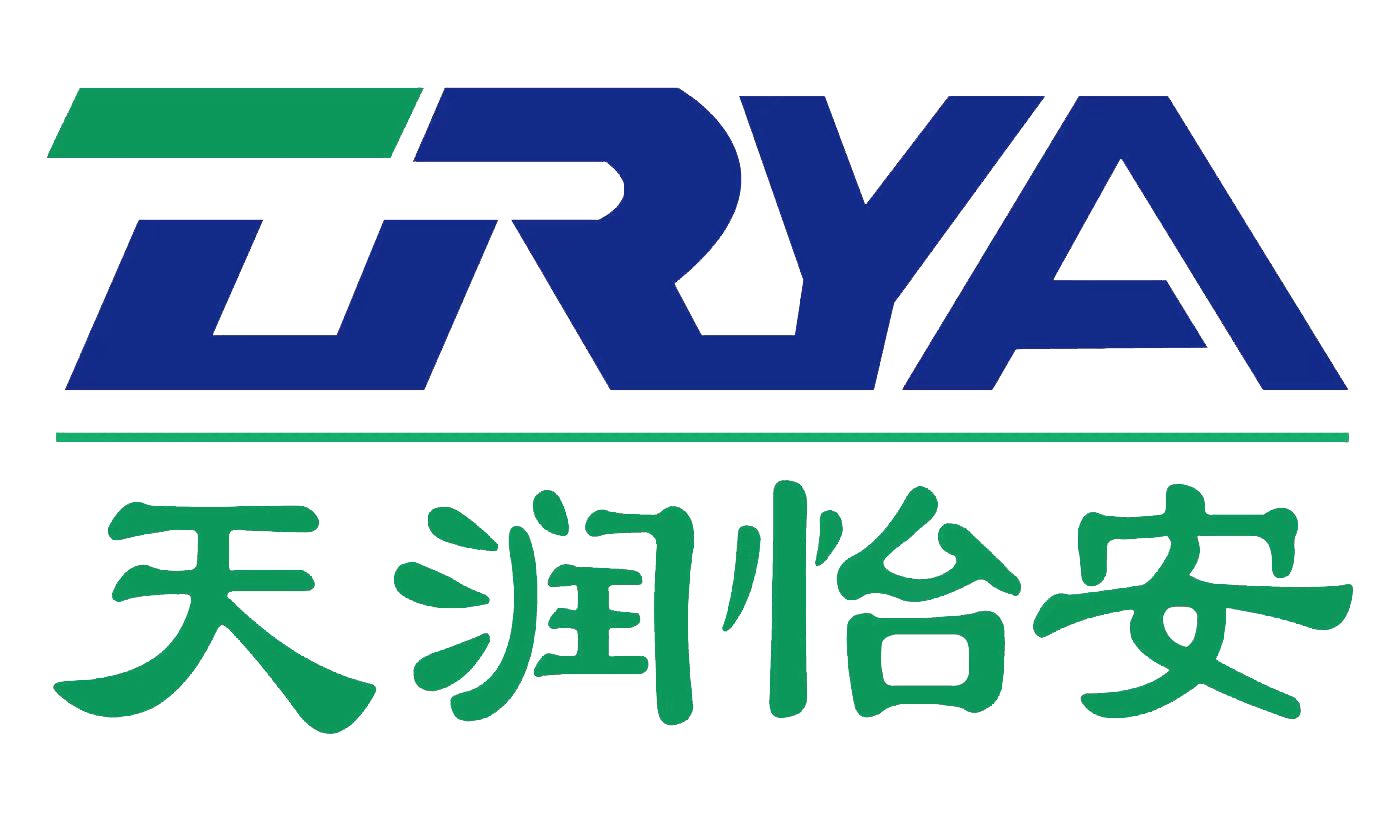By [Beijing Tianrun Yi’an Water Purification Equipment Co., Ltd.] | August 2025
Water quality standards play a vital role in ensuring access to clean and safe drinking water—a basic human right and a cornerstone of public health. Globally recognized health organizations have established comprehensive guidelines that define the essential qualities of healthy water. For Beijing Tianrun Yi’an Water Purification Equipment Co., Ltd., referencing these standards not only fulfills a public health responsibility but also enhances our competitiveness in the international water purification market.
What Are International Water Quality Standards?
These guidelines serve as a blueprint for safe drinking water, setting scientifically based thresholds for a wide range of potential contaminants. They address microbiological, chemical, physical, and radiological parameters to ensure that water is both safe and pleasant to consume.
Seven Core Principles Based on WHO and International Guidelines
- Microbiological Safety: Drinking water must be free of disease-causing organisms like bacteria, viruses, and parasites.
- Chemical Safety: Levels of toxic chemicals—including heavy metals such as lead, mercury, and arsenic—must be strictly controlled.
- pH Balance: Safe water should have a neutral to slightly alkaline pH, typically ranging from 6.5 to 8.5.
- Low Turbidity: Water should appear clear and allow effective disinfection to occur.
- Sensory Acceptability: There should be no unpleasant odor, taste, or discoloration.
- Mineral Retention: Healthy water retains essential minerals such as calcium and magnesium.
- Radiological Protection: Water should not contain unsafe levels of radiation and must tolerate only natural background radiation levels.
*Some factual information in this article references public World Health Organization (WHO) drinking water quality guidelines (2022 edition). For explanatory use only.*
These principles are used globally by policymakers, engineers, and water treatment companies to evaluate and improve water quality standards across industries.

How Modern Filtration Systems Align with Global Guidelines?
Today’s advanced water filtration technologies are purpose-built to align with internationally recognized water quality benchmarks, including those issued by WHO. Multi-stage purification systems are now equipped to handle a wide spectrum of contaminants while enhancing the taste, safety, and mineral content of water.
Component Overview
- RO Membranes + UV Sterilizers
High-efficiency reverse osmosis (RO) membranes filter out dissolved solids, heavy metals, and microorganisms. Combined with ultraviolet sterilization, these systems deactivate bacteria and viruses to ensure microbiological safety. - Activated Carbon + KDF Filters
Granular activated carbon (GAC) and KDF alloy media are effective in removing chlorine, volatile organic compounds (VOCs), and trace chemical residues. These filters also improve taste and remove odors. - Alkaline Mineral Filters
To address the issue of over-purification, alkaline filters reintroduce beneficial minerals and adjust pH levels. This improves hydration, supports metabolism, and makes the water taste more refreshing. - Intelligent Monitoring Systems
Many modern systems now feature TDS sensors, flow meters, and digital alerts to ensure real-time tracking of water quality and filter performance. These smart features help maintain long-term compliance with WHO standards.
By integrating multi-stage filter cartridges and intelligent monitoring, modern water treatment equipment can deliver consistent results that meet or exceed global expectations.

Summary Table: International Guidelines for Safe Drinking Water
| Standard Type | WHO Guideline Requirement |
| Microbiological | Free from pathogens such as bacteria, viruses, and parasites |
| Chemical Contaminants | Strictly limit toxic elements (e.g., lead, arsenic, mercury) |
| pH Level | Maintain between 6.5 – 8.5 |
| Turbidity | Ensure low turbidity for clarity and disinfection effectiveness |
| Taste, Odor & Appearance | No unpleasant smell, color, or aftertaste |
| Mineral Content | Retain essential minerals (e.g., calcium, magnesium) |
| Radiological Protection | Avoid excessive radiation; tolerate natural background radiation only |
Global Water Quality Standards Conclusion
As awareness of water safety grows worldwide, Beijing Tianrun Yi’an Water Purification Equipment Co., Ltd. remains dedicated to designing systems that align with recognized international water quality standards. This commitment is not just a competitive edge—it reflects our mission to deliver safe, healthy, and great-tasting water for homes, businesses, and communities globally.
Disclaimer
This content refers to publicly available information from the World Health Organization’s Guidelines for Drinking-water Quality (4th Edition and 2022 Addendum) for explanatory purposes only. Beijing Tianrun Yi’an Water Purification Equipment Co., Ltd. is not affiliated with or endorsed by WHO. All references are for educational and technical alignment purposes, not for certification or partnership claims.
Reference
World Health Organization (WHO). Guidelines for Drinking-water Quality: Fourth Edition, Incorporating the First and Second Addenda. Geneva: WHO, 2022. Available at: https://www.who.int/publications/i/item/9789240045064

